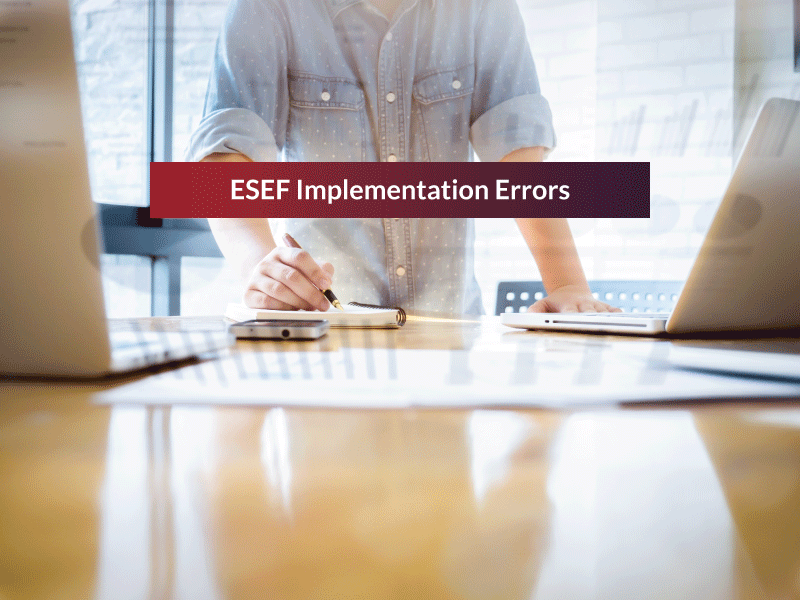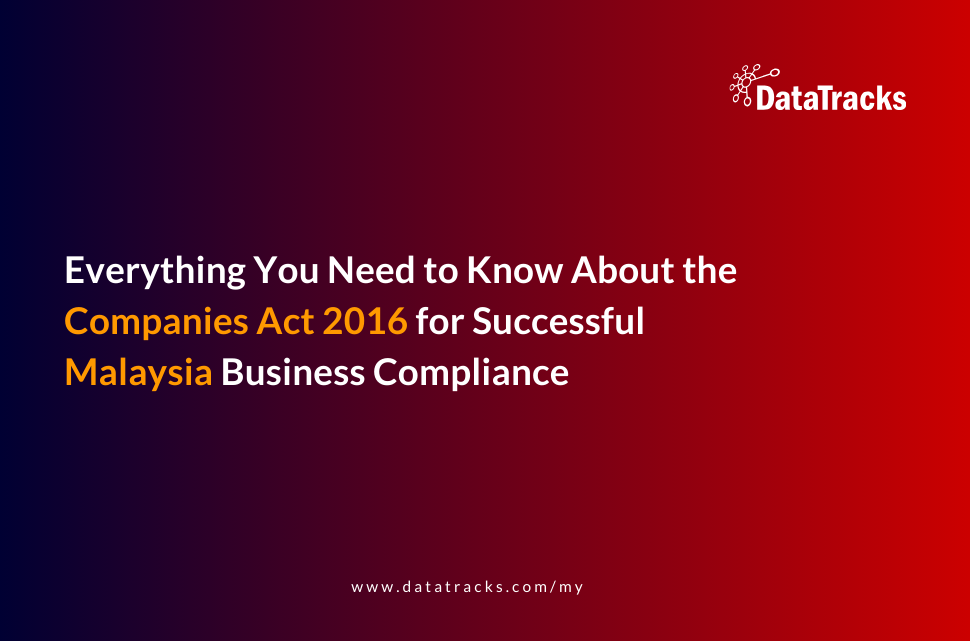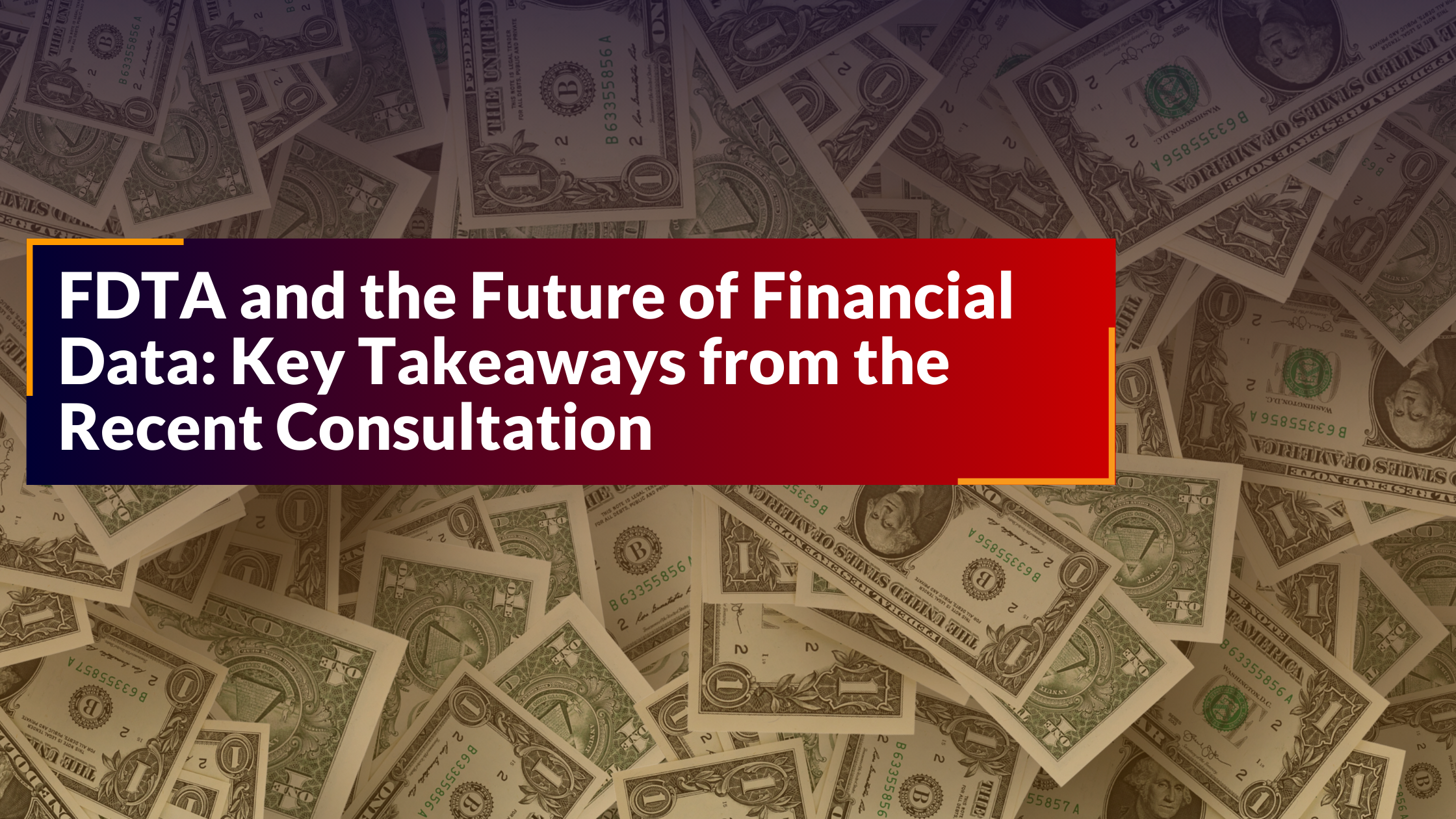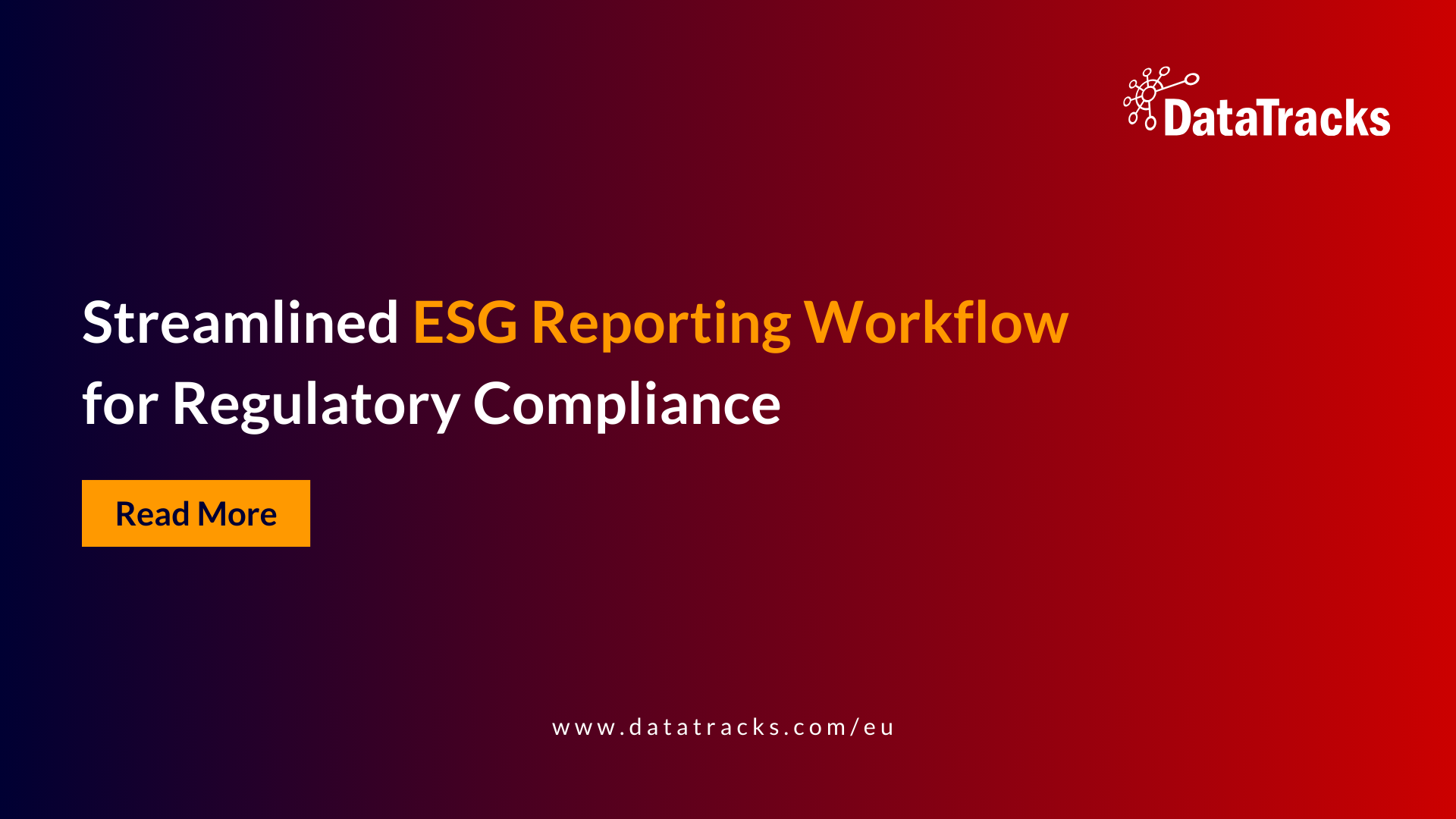Things that can go wrong when implementing ESEF
Now that the European Single Electronic Format (ESEF) reporting is underway, 100’s of annual reports have been filed since December 2020. With the sharp boost in activity with regards to this pan-european machine-readable format for financial reporting, many early perspectives and learnings are coming to light.
Implementing ESEF
ESEF makes data more consistent, comparable and useful. This makes it more vital that this new format yields valuable information that will help with investment decisions, the learnings are adopted and that best practices are developed and shared.
These new digital disclosures are also likely to come with its own share of errors when being adopted, initially. Wrong tags, no tags, lack of validation; almost anything can go wrong complicating the transition process. Ultimately, this leads to frustration and further in rise in costs as you strive to comply with the rules.
Hence at DataTracks, we wanted to bring to you a list of top ten problems you should watch out for so you can plan for your first year of mandatory ESEF compliance:
- Are you tagging right? Most often, a simple word search is the preferred method to choose tags in the long list of taxonomy terms. A word that seems like a possible match, may not be the right one. For instance, there are many words that overlap in a cash flow statement and a balance sheet.
- Are you skipping tags? Sometimes, the lack of tags in an important place goes unnoticed. An extra column, an additional row on a Profit and Loss Account analysis that needs to be tagged or a parenthetical tag for numbers within the description of a financial term, is oftentimes, missed.
- Are your tags ‘inline’? The purpose of ESEF tagging is to ensure that a human-readable document to augment information on that data is connected and accessible. When this connection does not work, untagged information is subject to further scrutiny and unsuccessful submissions.
- Are you creating extensions to pre-existing tags? When one can’t find what they are looking for, human instinct is to create. This happens in the form of extensions to taxonomy from a preparer who is under the pressure of time. Bespoke extensions are created when valid ones already exist.
- Are you avoiding extensions when it is required? In contrast to the earlier point, there may be facts and statements that cannot be explained without a clear extension of the taxonomy. These should not be tagged to existing tags and left at that.
- Are you anchoring? If you’ve created extensions, you need to link it to the ESEF taxonomy innovatively. Most often, since more than one anchor is required, this step is skipped.
- Are you anchoring right? Yes, you may be doing the process of linking the extension to the taxonomy but whether it is being done accurately is a whole other topic. Extensive knowledge and experience of the ESEF taxonomy and linking process is needed to ensure that this is being done correctly.
- Are you adding the correct ‘signs’? The notional icons that denote a credit/debit or up/down cash flow have to be accurately added. Any mistake here can change your entire balance sheet and financial submission.
- Are you being precise? It is easy to get the scaling of numbers right as there are many computations and disclosures at stake. Some line items may follow a different unit of measurement or may need granular decimal calculations, leaving you in tangles.






































